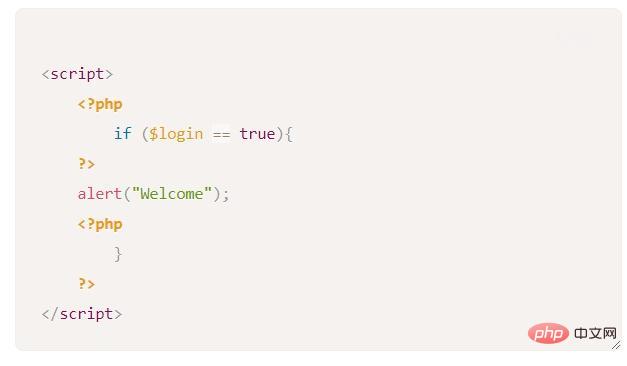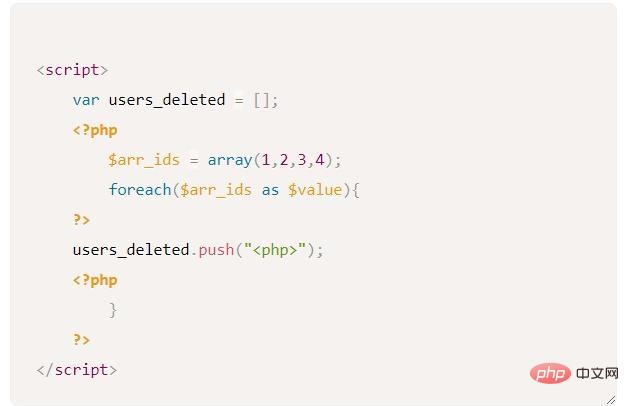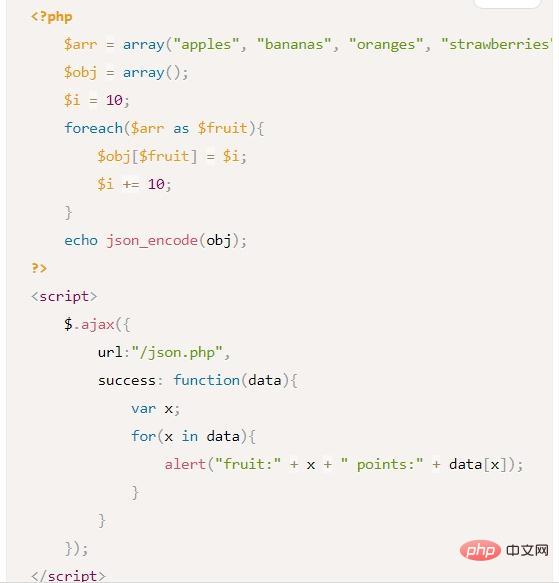JavaScript is a full-stack language; JavaScript is an interpreted scripting language. JavaScript in the traditional sense only refers to the scripting language that runs in the client browser. With the emergence of "Node.js", JavaScript is applied to the server end, so JavaScript began to be called a full-stack language.

The operating environment of this tutorial: Windows 10 system, JavaScript version 1.8.5, Dell G3 computer.
JavaScript in the traditional sense only refers to the scripting language that runs in client browsing.
With the emergence of Node.js, JavaScript applications have been extended to the server side, and JavaScript has begun to become a full-stack language.
JavaScript is the standard programming language of the Web. It has become popular with the development of Web applications in the B/S architecture model and the popularity of World Wide Web services. The Web has become the most commonly used computing platform in history, and the introduction of the HTML5 technical standard has provided strong support for the development of the JavaScript programming language.
From the perspective of developing mobile desktop applications with JavaScript and using JavaScript to implement server-side programming, the powerful vitality and application prospects of JavaScript are explained. Of course, for individual learners, the main advantages of choosing JavaScript as an entry-level language are in the following two aspects:
1. Simple and easy to learn
As a high-level programming language, JavaScript is easy to learn and easy to use. JavaScript abstracts the machine implementation process, allowing programmers to focus on learning programming. Programmers can write programs and run them in the browser without setting up a complex development environment. This is the most common reason why beginners choose JavaScript.
2. There are many programming communities and large scale
The size and number of programming language communities are very important for those who learn to program. The stronger the community, the more support learners will receive. JavaScript has surpassed Java in terms of community size and will likely continue to grow. Currently JavaScript is also the most tagged language on GitHub, with more than 3,100 GitHub projects and more than 500 stars.
Expand your knowledge:
Full-stack engineers are one of the most important roles in web application development. Below we will outline why full-stack JavaScript is more suitable for full-stack development.
Starting in 1998, we used Perl for most of our server-side development. But even though Perl has the majority of the market, we also have JavaScript on the client side. Web server technology has changed dramatically over the years: we have gone through waves of languages and technologies, such as PHP, ASP, JSP, .NET, Ruby, Python, etc., and developers have begun to realize that there is a huge need for both client and server Environments using two different languages can complicate things.
In the early days of PHP and ASP, when template engines were just an idea, developers embedded application code in their HTML. It's not uncommon to see embedded scripts like this:

Or, even worse, code like this:

For beginners, there are typical mistakes and confusing statements between languages, such as for and foreach. Furthermore, even today it would be uncomfortable to write such code to handle the same data structures on both server and client (unless of course you have a development team with engineers dedicated to front-end and engineers to back-end - but if they can share information, they won't be able to collaborate on each other's code):

The first attempt at unification under a single language was to create client-side components on the server in JavaScript, and we all know that most programming languages have failed to unify under a single language (for example, ASP MVC replaced ASP.NET Web Forms, while GWT may be replaced by Polymer in the near future).
JavaScript was actually server-side in Netscape Enterprise Server, but the language wasn't ready yet. After years of trial and error, Node.js finally emerged, not only putting JavaScript on the server, but also elevating the idea of non-blocking programming, bringing it from the nginx world, thanks to the nginx background of the Node creator , thanks to JavaScript’s event loop feature.
Node.js has changed the way we handle I/O access forever. As web developers, we are used to the following lines when accessing databases (I/O): var resultset = db.query("SELECT * FROM 'table'"); drawTable(resultset); via Node.js and non-blocking Programming, we can better control program flow
MongoDB is a database based on NoSQL documents. It uses nodejs as the query language to complete the data docking process between the server and the front end.
Full-stack JavaScript development technology has a long way to go in the future. Using JavaScript, you can create scalable, maintainable applications and unify them under a single language. There is no doubt that this is a force that cannot be ignored.